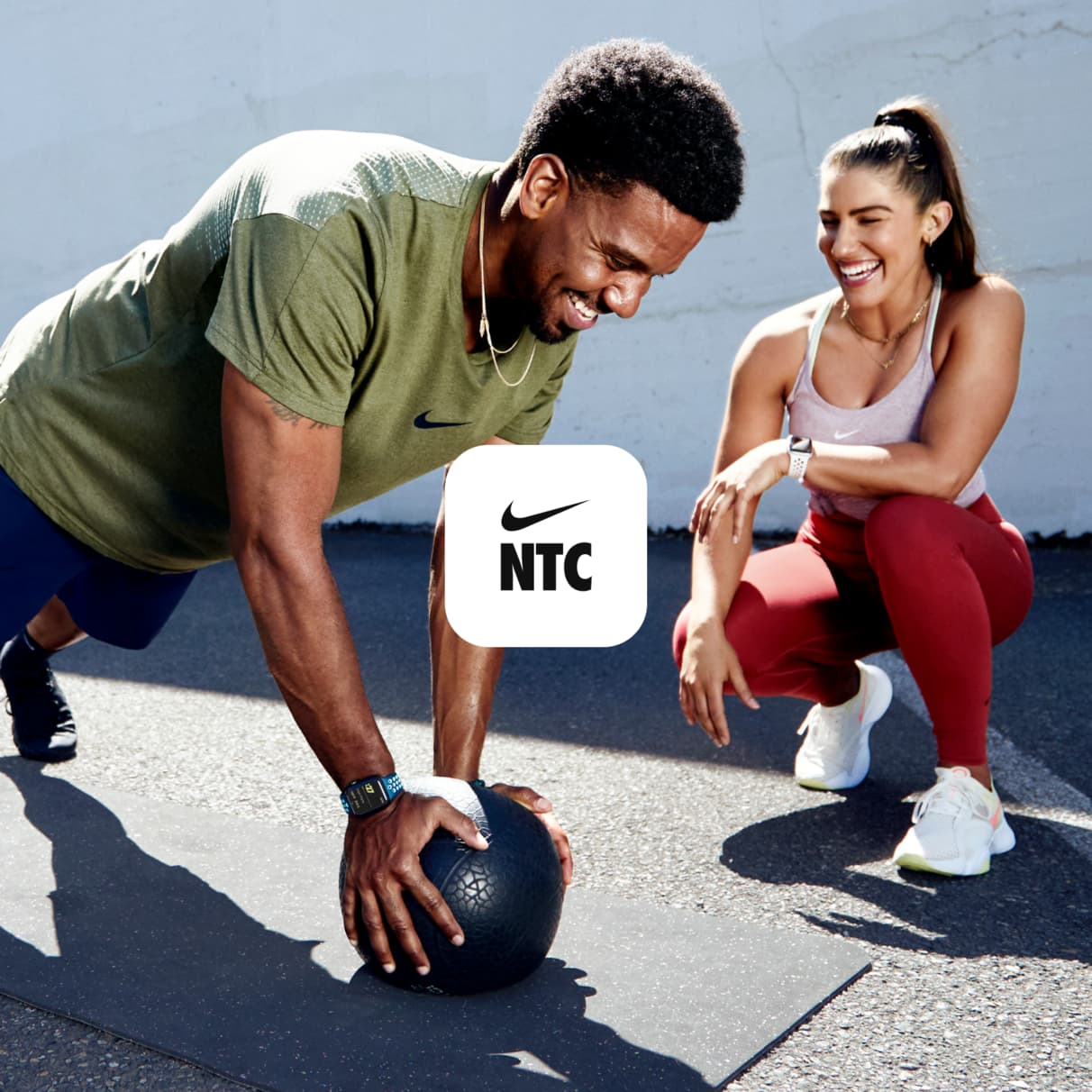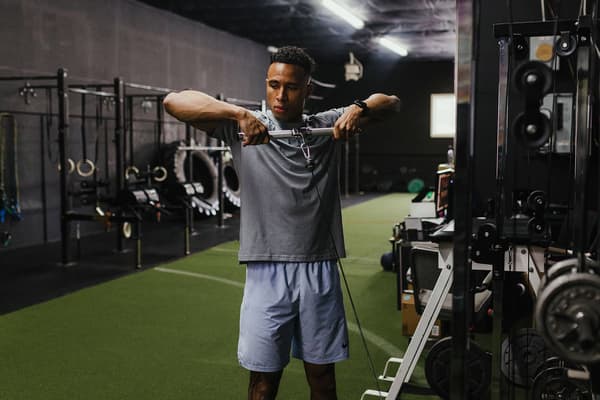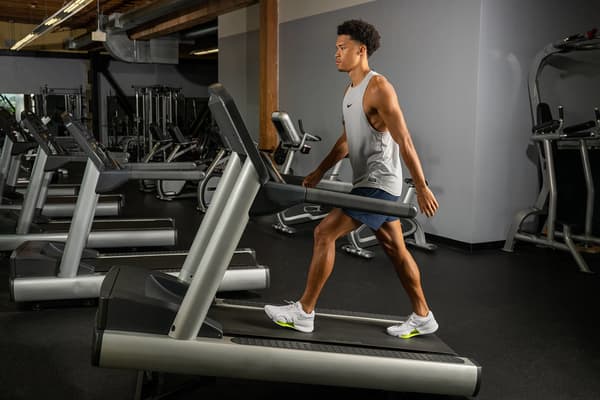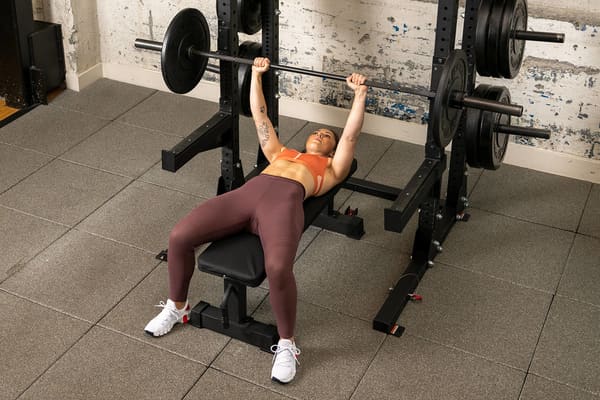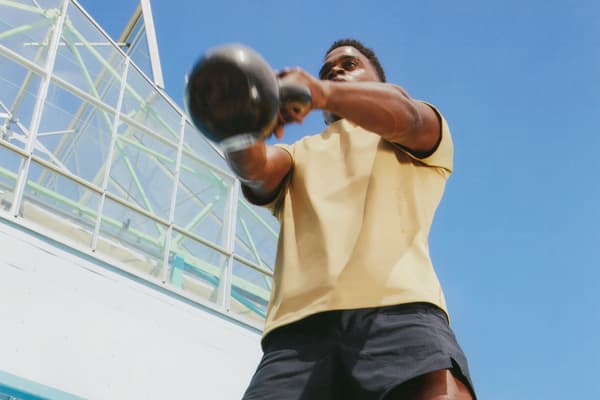Starting to Build a Fitness Routine? Try This Trainer-Approved Workout for Beginners
Sport & Activity
A Nike NYC Trainer has designed this beginner-friendly workout routine just for you.
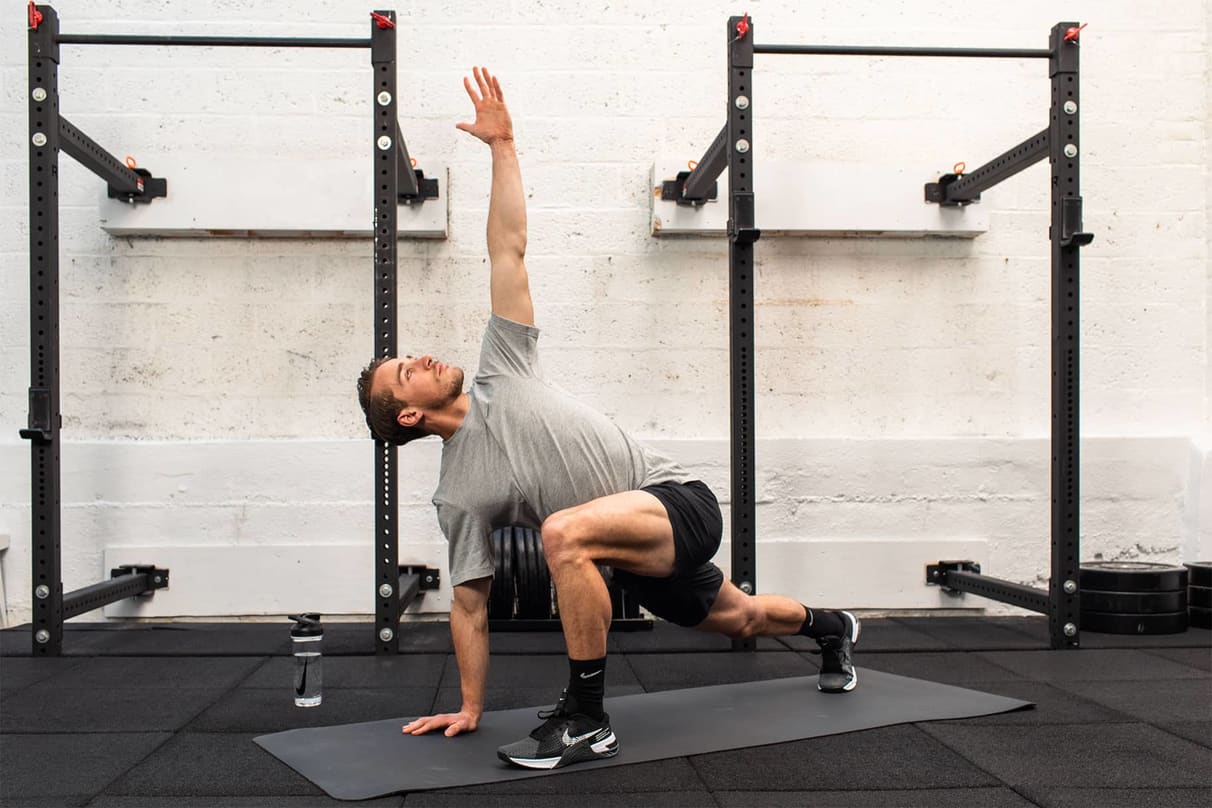
A workout routine for beginners—or any level—doesn't need to be complicated to be effective.
Whether you're kicking off a new fitness programme or getting back into one, the most effective workout routine for beginners is one you can stick to. Below, take a look at this full-body workout for beginners, from warm-up to cooldown, which teaches the essentials of functional movement and serves as a blueprint for long-term progress.
(Related: How to Start Weightlifting, According to Trainers)
What You Need to Know Before Getting Started
This beginner-friendly 30- to 50-minute workout can improve range of motion, core strength, upper- and lower-body strength, and even cardiovascular endurance. This workout is designed with simplicity and efficiency in mind. Note: You'll need to be in the gym or have a full home setup to complete the following circuit. Consider completing this circuit one to three times per week, with at least one rest day in between your active days.
What you'll need:
- A mat
- A bench
- A set (or two) of dumbbells
Here's what to expect in the workout:
After a warm-up, you'll run through five different exercises performed as a circuit. You'll squat, bridge, push, pull and top it off with a short burst of conditioning—a boon for cardiovascular health and cardiorespiratory fitness.
Aim to repeat the circuit twice to start, resting for 90 seconds between rounds. Try to rest only as needed between each movement—although if you need more, take it. As you become more familiar with the exercises, you may feel motivated to increase the amount of sets you do.
Before starting any new workout, always consult a doctor or relevant healthcare professional. This is especially important if you have any underlying conditions, musculoskeletal pain or other health issues that could affect your ability to safely perform certain movements.
Follow This Workout Routine for Beginners
Warm-Up Series
This is a modal window.
- Walkouts – repeat 5 times
- Dynamic Runner's Lunge (or World's Greatest Stretch) – repeat 5 times on each side
- Hamstring Scoops – 10 reps, alternating legs
- Quad Pulls – 10 reps, alternating legs
- Knee Hugs – 10 reps alternating legs
- Low Plank – hold for 20 seconds
- Side Plank – hold for 20 seconds on each side
- Bird Dog – hold for 20 seconds on each side
- Knee-supported push-ups – 10 reps
(Related: 6 Top Reasons to Try Circuit Training)
The Circuit
1.Squat to Bench
This is a modal window.
Sorry, your browser doesn't support embedded videos.Squatting is a foundational movement that strengthens the leg muscles. The movement targets everything from your quads to your hamstrings, glutes, calves and even core. For this variation, start by standing about a foot's length away from a bench, with your body facing away from the bench.
- Begin in the squat position with your legs level with each other about shoulder-width apart and with all 10 toes pointing forwards.
- Take a strong inhale from your belly, brace your core and push your hips back and down until the glutes gently tap the bench.
- As you lower down to the bench, think about sitting down on a chair with an upright posture.
- Once you've gently tapped the bench, exhale and imagine pushing the ground away as you straighten your legs to a standing position.
This squat variation can inform the future hip mobility required for a deep squat by getting you comfortable sitting back and down into the bottom range of motion.
Pro tip: To progress this movement, hold a dumbbell in a goblet grip at your chest by holding the dumbbell vertically with both hands gripping underneath the top of the weight.
Perform 8 to 10 reps.
2.Single-Arm Dumbbell Floor Press
This is a modal window.
Sorry, your browser doesn't support embedded videos.One-sided movements are beneficial for beginners because they can help even out any muscular imbalances. Floor pressing helps to strengthen your chest, shoulders and triceps as you push the weight away from yourself.
- Start by sitting upright on your mat with the dumbbell set vertically on the floor to your right-hand side.
- Grip the dumbbell in your right hand and gently pull the weight to your chest as you roll back so you are lying on your mat.
- Bend your knees with your feet firmly planted on the ground, squeeze and pull your shoulder blades away from your ears to maintain upper-body posture and maintain a natural arch in your lower back.
- Use your non-weighted hand—in this case your left hand—to help push the weight straight up so that it is hovering above your chest.
- Think about making the letter "A" with your arm and torso. Feel a stretch in the top corner of your chest as you lower back down, and let out a controlled exhale as you push the weight away from you.
- Your palms should be facing forwards towards your legs throughout the exercise. This is your starting position.
- Now, take an inhale to brace your body and lower the dumbbell away from your body but level to your chest, keeping your wrist firm and your fist stacked above your elbow. Your elbow position should be about a 45-degree angle from your body.
Perform 8 to 10 reps on each arm.
3.Glute Bridge
This is a modal window.
Sorry, your browser doesn't support embedded videos.Bridges strengthen your glutes and core—two areas that tend to become underactive due to sedentary postures, such as sitting and lying down.
- Start by lying on your back with your arms down by your side, resting on the mat.
- Bend your knees and plant your feet hip-width apart on the ground so that your heels are directly beneath your knees—you should be able to just touch your heels with your fingertips, with your arms extended to your side. This is your starting position.
- Then, inhale to brace your core and exhale as you push your heels firmly into the ground to lift your pelvis and torso up into a bridge position.
- In this top position, tuck your pelvis, brace your core muscles and keep your upper shoulders and head resting on the mat.
- Hold for a moment to feel your glutes squeeze as your heels drive downwards. Inhale as you slowly lower your pelvis to the floor. Repeat.
(Related: 7 Variations of Glute Bridges That Will Shake Up Your Next Workout)
Pro tip: If you can't feel your glutes being activated during this movement, try raising your toes off the ground to emphasise pushing down from your heels.
Once you feel comfortable with the bodyweight variation of this exercise, you can add weight into the mix by holding a dumbbell on your hip crease or try single-leg versions.
Perform 15 to 20 reps.
4.Single-Arm Dumbbell Row
This is a modal window.
Sorry, your browser doesn't support embedded videos.Dumbbell rows train the upper-back muscles around your shoulder blades and your lats, which stretch down the side of your back. These muscles help with upper-body posture and support your lower back.
- Place a dumbbell on the ground on the right side of the bench.
- Next, set your body by placing the non-rowing hand, which in this instance is the left hand, and the left knee on the bench.
- Your left hand should be directly below your chest and your left knee directly below your hip.
- Plant the right foot on the ground and bend the right knee slightly. This leg will support you as you row the right arm.
- Now, grab the dumbbell with your right hand and maintain a neutral spine (or flat back) by pulling your shoulders away from your ears and bracing your core.
- With your palm facing the bench, inhale, brace your body and exhale while pulling the weight towards your hip bone.
- Tightly glide the elbow up your body while keeping your wrist firm and your torso square to the bench. Imagine squeezing your shoulder blade towards your spine.
- Once the weight has reached your waist, hold that position for a moment and then gently return to the starting position.
Perform 8 to 10 reps on each arm.
5.Star Jumps
This is a modal window.
Sorry, your browser doesn't support embedded videos.Each round finishes with 30 seconds of star jumps, a conditioning drill that elevates your working heart rate and improves your cardiovascular endurance. Having a base of cardiovascular endurance means your body will have greater capacity to do more work in the future. Not to mention, star jumps come with a host of other benefits, and they are relatively simple to modify by slowing down the tempo or placing out one leg and one arm at a time without jumping.
Perform for 30 seconds.
Cooldown Series
This is a modal window.
Complete this cooldown once you've completely finished your workout.
- Child's Pose – hold for 20 seconds
- Thread the Needle – hold for 20 seconds for each arm
- Lying Hamstring Stretch – hold for 20 seconds for each leg
- Lying Knee Hug – hold for 20 seconds for each leg
- Lying Figure-Four Stretch – hold for 20 seconds for each leg
The Bottom Line
Again, the best workout routine for beginners is one that you can commit to. Feeling run-down or tired? Taking it easy for a day or two is totally fine, too. In fact, it may even help boost your recovery.
Words by Darren Tomasso, Nike NYC Trainer, NASM-PES and USATF-certified running coach
